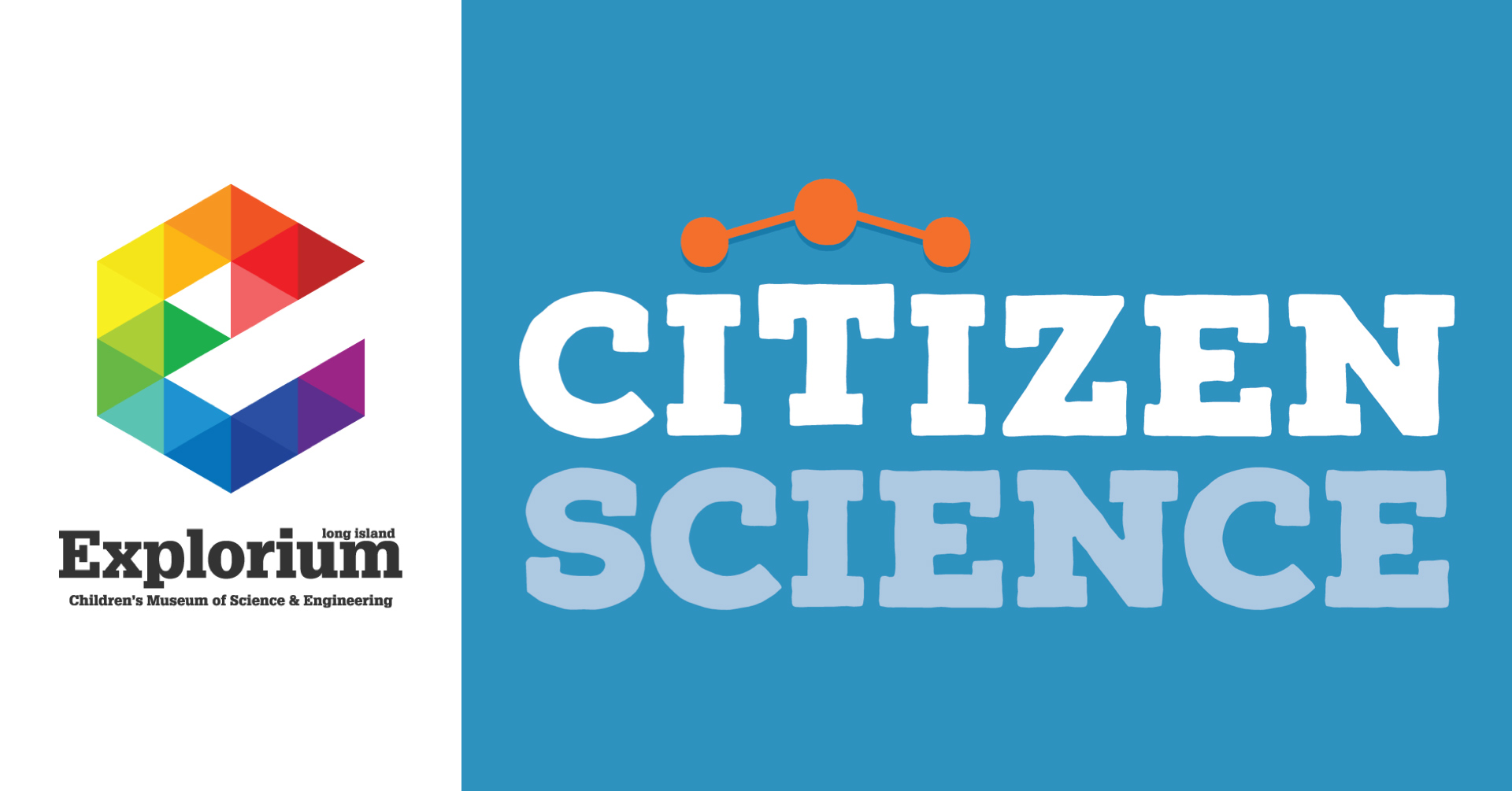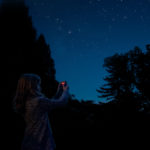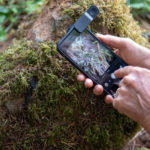Citizen Science at the Long Island Explorium
Apr 07, 2020—Jun 30, 2020
Event Contact Lisa Rodriguez | Email
Categories Exhibits

Students, your logged hours spent on citizen science month activities can count toward your volunteer hours. Register with the link below and start logging your time today for the activities listed on this page.
View Information and register for this year's Citizen Science project
In celebration of Citizen Science Month this year (2020), the Long Island Explorium has started a Citizen Science Team working to collect data from the world around us. Volunteers are welcome to join the team and participate as citizen scientists in the process of real-world science. This will provide the scientific community with valuable data, and give you as a participant first hand experience in science practices - as well as volunteer hours!
The Long Island Explorium participates in three citizen science projects. They are all used to complement NASA satellite observations to help scientists studying Earth and the global environment. All data will be collected through an app with clear instructions and a few simple steps.
- Collect data on tree heights
- Collect data on clouds
- Collect data on land cover
Jump to: Week 1, Week 2, Week 3, Week 4, Week 5, Week 6, Week 7, Week 8, Week 9,
Week 10, Week 11, Week 12
Get the “Globe Observer” app https://observer.globe.gov/about/get-the-app
Login and go to “Settings” and then “Join Team”
Enter the Explorium referral code GLIDNRMP
Done! You’re now ready to join the Explorium team of citizen scientists observing our environment for NASA.
Week 1: April 6-30th
To celebrate the 50th anniversary of Earth Day, GLOBE Observer is hosting a month-long citizen science challenge in April 2020.
Volunteers are invited to measure the height of as many different trees as possible throughout the month using the Trees tool in the GLOBE Observer app.
GLOBE Observer invites you to make environmental observations that complement NASA satellite observations to help scientists studying Earth and the global environment.
The team that measure the most trees will be recognized as top observers in the challenge!
Click Here to Learn How to join the Explorium team
Week 2 - April 13-19
Volunteers are invited to record cloud and sky conditions using the Clouds tool in the GLOBE Observer app.
invited to record cloud and sky conditions using the Clouds tool in the GLOBE Observer app.
GLOBE Observer invites you to make environmental observations that complement NASA satellite observations to help scientists studying Earth and the global environment.
Click Here to Learn How to join the Explorium team
Done! You’re now ready to join the Explorium team of citizen scientists observing clouds for NASA.
Week 3 - April 20 - 26
 Volunteers are invited to record data on what is covering the ground around them, everything from trees, to buildings or bare ground. This is helpful among other things for risk assessments and wildlife studies among other scientific problems.
Volunteers are invited to record data on what is covering the ground around them, everything from trees, to buildings or bare ground. This is helpful among other things for risk assessments and wildlife studies among other scientific problems.
GLOBE Observer invites you to make environmental observations that complement NASA satellite observations to help scientists studying Earth and the global environment.
Click Here to Learn How to join the Explorium team
Done! You’re now ready to join the Explorium team of citizen scientists observing our environment for NASA.
Week 4 - April 27 - May 2
Why are tree measurements important? Watch to find out more!
Volunteers, while observing social distancing, are invited to record data with the NASA GLOBE Observer Trees Tool. When doing science we also have to remember that the more accurate a scientific measurement is, the more reliable the conclusions are drawn from the data. Here are some tips on how to increase the accuracy of your tree measurements: Visit Globe Observer Page
Click Here to Learn How to join the Explorium team
Done! You’re now ready to join the Explorium team of citizen scientists observing our environment for NASA.
Week 5 - May 4- 8
Why is it important to record clouds? Why should I try and time my measurements to coincide with a satellite passing over? In fact - can’t the satellite just take the measurements for me?? For answers to these questions and more watch this short video!
For more information about how to identify different types of clouds when you’re taking your measurements, have a look here.
Remember the more accurate your measurements are, the more useful they will be to the scientists studying them.
Click Here to Learn How to join the Explorium team
Done! You’re now ready to join the Explorium team of citizen scientists observing our environment for NASA.
--------------------
Volunteer Opportunity You can also earn volunteer hours while observing social distancing with the Explorium - find out how here
----------------------
Week 6 - May 11 - 15
NASA currently has two satellites orbiting the Earth, imaging the whole of the globe’s surface every day. Learn what the limitations of this huge land cover survey are, and how you can help to improve the map by watching this short video!
For more information about the satellites used by NASA, click here. For more information on how to identify the different types of land cover, click here. Remember the more accurate your measurements are, the more useful they will be to the scientists studying them.
Click Here to Learn How to join the Explorium team
Done! You’re now ready to join the Explorium team of citizen scientists observing our environment for NASA.
--------------------
Volunteer Opportunity You can also earn volunteer hours while observing social distancing with the Explorium - find out how here
----------------------
Week 7 - May 18 - 22
So you’ll have heard over the last few weeks that scientists are using the data collected by Citizen Scientists like you along with data from satellites to draw conclusions about the health of ecosystems and so forth from measurements of tree heights - but, how do satellites measure the heights of trees when they are 300 miles above the ground? Watch this short video to find out!
To have a look at data collected by the ICESat-2 satellite click here . See if you can find the elevation profile for where you live!
Click Here to Learn How to join the Explorium team
Done! You’re now ready to join the Explorium team of citizen scientists observing our environment for NASA.
--------------------
Volunteer Opportunity You can also earn volunteer hours while observing social distancing with the Explorium - find out how here
----------------------
Week 8 - May 25- 31
How can we compare the observations of clouds to those taken by satellites? How do satellites detect clouds from overhead? Which of the clouds are hard for satellites to spot - and why? Watch this short video to find out!
If you’d like to learn more about research results derived from the GLOBE project click here
Click Here to Learn How to join the Explorium team
Done! You’re now ready to join the Explorium team of citizen scientists observing our environment for NASA.
--------------------
Volunteer Opportunity You can also earn volunteer hours while observing social distancing with the Explorium - find out how here
----------------------
Week 9 - June 1 - 7
So we know that the Land Cover observations we’re taking are helping to build up a map of global land cover. This map already exists using data collected by satellites, but our data is of a much higher resolution. What does the global land cover map look like? Why do scientists update it so frequently - and can you actually spot any differences year on year? Watch this video to find out!
If (like me) you’d like to play spot the difference with the annual land cover maps then click here click here
Click Here to Learn How to join the Explorium team
Done! You’re now ready to join the Explorium team of citizen scientists observing our environment for NASA.
--------------------
Volunteer Opportunity You can also earn volunteer hours while observing social distancing with the Explorium - find out how here
----------------------
Week 10 - June 8 - 14
Have you noticed any trends in tree heights? Where do the tallest trees grow - in towns, by the sea or is it completely random?
To investigate the data collected by the ICESat-2 satellite for yourself click here.
Click Here to Learn How to join the Explorium team
Done! You’re now ready to join the Explorium team of citizen scientists observing our environment for NASA.
--------------------
Volunteer Opportunity You can also earn volunteer hours while observing social distancing with the Explorium - find out how here
----------------------
Week 11 - June 15 - 21
So how is our Globe Observer team doing on those clouds measurements? And why does the app ask you about the shade of blue of the sky? And just how important are these cloud measurements? Watch this short video and find out the answers!
For more information about how to compare your cloud data with that collected by satellites, have a look here click here.
Click Here to Learn How to join the Explorium team
Done! You’re now ready to join the Explorium team of citizen scientists observing our environment for NASA.
--------------------
Volunteer Opportunity You can also earn volunteer hours while observing social distancing with the Explorium - find out how here
----------------------
Week 12 - June 22 - 27
Why is it so useful to collect data about land cover in towns like Port Jefferson? And how is the Explorium changing the land cover in Port Jeff - and why??
If you’d like to learn more about our rain gardens then click here.
Click Here to Learn How to join the Explorium team
Done! You’re now ready to join the Explorium team of citizen scientists observing our environment for NASA.
--------------------
Volunteer Opportunity You can also earn volunteer hours while observing social distancing with the Explorium - find out how here
----------------------
